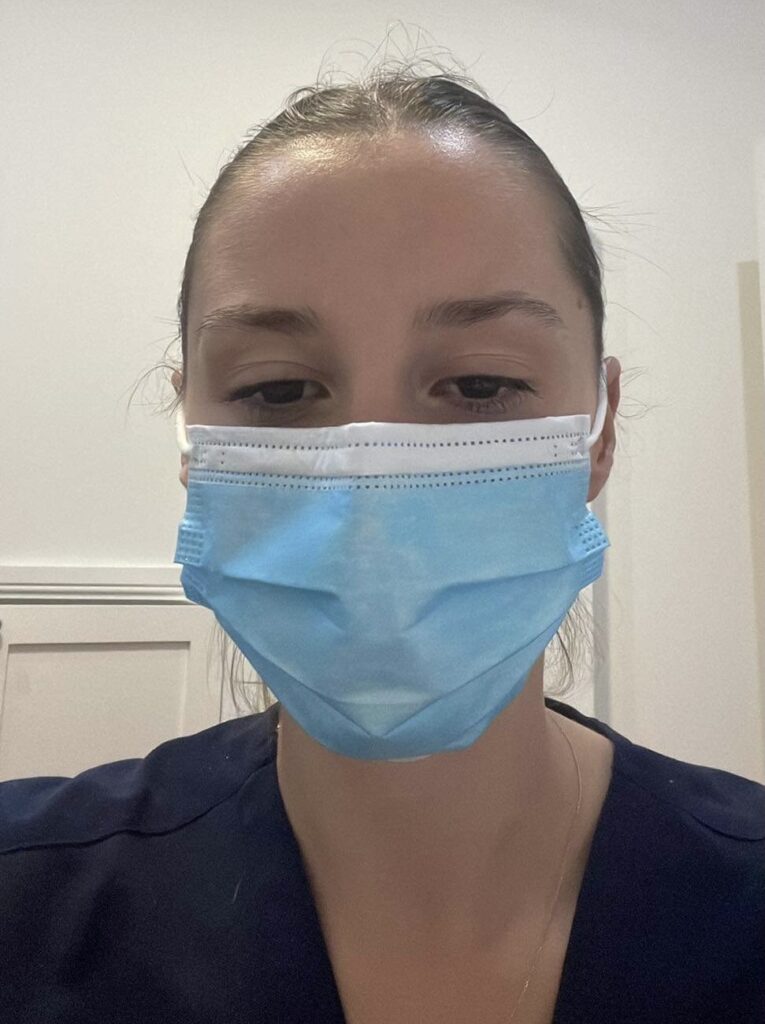By Joe Horrigan

The Victorian Government has committed to a 59-million-dollar investment into the undergraduate programs of nursing students in the state of Victoria.
With the nation’s health crisis reaching an all-time high throughout Covid 19, the investment will see the next 10 thousand nursing students complete their degrees for free.
With an estimated 100 thousand nurses short nation-wide, the commitment from the Andrew’s government aims to produce 9400 new registered nurses in Victoria by 2025 but is the money being spent wisely?
According to statistics from the Australia Department of Education, undergraduate course completion rates for nurses have been on a steady decline for the past 15 years showing that the problem might be related to the retention of students rather than the initial enrolment.
Dropping from 64.3 per cent completion rate at the end of 2008 to 53 per cent by 2020 there has to be a bigger underlying issue that is leading to the drop off of nursing students.
In their three-year course all nursing students in Victoria are required to complete 800 hours of unpaid placement to go on top of their already big workload, third year student at ACU Erin Spruth said it can be a “massive struggle”.
“It’s unpaid, it’s usually far away from where you live, it’s full time, it’s really hard to work outside of those hours plus a lot of the time we have exams and assignments due at the same time,” she said.
With many nursing students living out of home, placement can be a very stressful time and with no external funding, students are left to fend for themselves and hope they can get by for weeks on end without any income.
“There are a lot people at uni that live out of home and they really struggle to pay their rent and everything because of the placement,” Spruth said.
Spruth said that most of her friends that she started her course with have now dropped out and that the investment from the government would be better spent on funding already existing nursing students with the hope to keep them in the course.
“We have HECS which helps us with our payments, and I think the money is going to the wrong place, they aren’t really identifying the issue and starting there, they’re just putting a blanket over it and trying to look good,” she said.
With students expected to come into the industry fresh and ready to go Spruth said that it’s hard to not get “burnt out” of the same sector after spending most of her placement in aged care.
“I am worried in the future that I will get burnt out easily, the only thing getting me through that is knowing that there are different pathways to go,” she said.
With current students being left out of the new investment, Clinical Nurse at Cabrini Michelle Mclean said she does feel sorry for them.
“I do feel for the current students, they’re sort of stuck in the middle.”
Mclean, a 35-year veteran of the industry is concerned with the staff turnover in the industry.
“We’re definitely short of nurses. I feel like nurses are leaving everywhere but I feel like the problem is retaining them, keeping them in,” she said.
With the percentage of Australia’s population over the age of 65 expected to rise from 16.4 per cent to 18.7 in 2050 and double in total it is vital that ways are found to help retain studying and practicing nurses.
“I don’t think there’s ever been a problem attracting nurses to the job I think retaining them is the issue. The atar is in the 90’s at ACU which is ridiculous, because it’s so popular not because it’s hard,” Mclean said.
With more and more old people at every hospital Mclean said the expectations of nurses are increasing.
“The equity of the patients is increasing, so everyone’s living longer, people are sicker and because of the way funding is they’re expected to go home earlier than ever before. It increases your workload and the minute that beds empty there’s another patient ready to go in,” she said.
As time goes on Mclean said that keeping senior and experienced nurses around is becoming a real issue due to the increased workload post covid 19 leading to the “burning out” of many.
“The workload has increased, I couldn’t work full-time on the ward anymore, it’s really full on all the time,” she said.
With suggestions on where the government could look to resolve the issue Mclean believes a pay increase may see the industry retain more nurses.
“I think the problem is to do with pay, it’s poorly paid for the amount of work you’re expected to do.”
